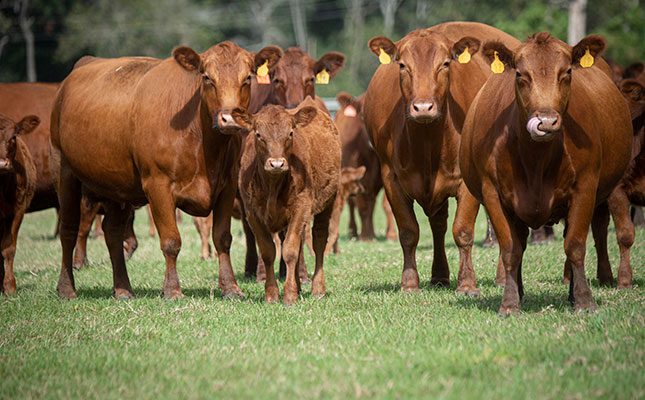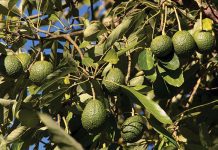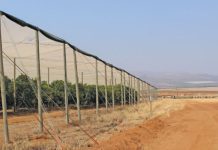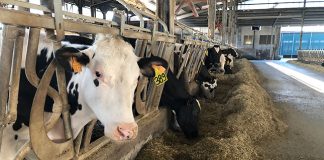
Photo: USDA | Flickr
This was according to a new study by the US Environmental Protection Agency (EPA), with the American Farm Bureau Federation reporting on Tuesday, 23 April that overall greenhouse gas emissions in the US increased by 1,3% between 2021 to 2022.
However, emissions by the agriculture industry fell 1,8%, which was the most significant decline of any economic sector, the report said.
READ Following the herd to help reduce emissions
As a result, agriculture lagged behind transportation (28%), electric power generation (25%), and the industrial sector (23%). The only sectors that emitted less greenhouse gasses were the commercial sector (7%) and the residential sector (6%), according to the US EPA’s Inventory of US Greenhouse Gas Emissions and Sinks: 1990-2022 report.
“The nearly 2% drop in US agricultural emissions from 2021 to 2022 highlights the success and continued importance of voluntary, market- and incentive-based conservation practices that help farmers and ranchers access finances for the research and technology needed to take ever-better care of our natural resources. [Last year] mark[ed] the lowest US agricultural greenhouse gas emissions since 2012,” the American Farm Bureau Federation said.
However, agriculture.com reported that Ben Lilliston of the Institute for Agriculture and Trade Policy said: “the decline in US agriculture emissions in 2022 is not surprising, given what is known about the contraction of the cattle herd, the spike in fertiliser prices and the reduction in [area planted to maize].
“Unfortunately, the 2022 reductions were not part of a planned strategy to support farmers in a transition toward less emitting, more resilient agricultural systems. Instead, the reductions were the result of sudden shocks that caused enormous harm to farmers and their animals,” he said.
READ Cotton: the ideal crop for reducing carbon emissions and poverty
The EPA said in the report that agriculture’s main sources of greenhouse gas emissions in 2022 included: “livestock enteric fermentation and manure management, N2O emitted from managed agricultural soils from fertilisers, and other management practices, and fossil fuel combustion from agricultural equipment”.
“Indirect emissions from electricity in the agricultural sector are about 5% of sector emissions,” the report said.
“In 2022, agricultural soil management was the largest source of N2O emissions, and enteric fermentation was the largest source of CH4 emissions in the US.”
“In 2022, crop cultivation emissions totalled 319 million tons, down 1,7%, or six million
tons, from 2021 and just over 5% of total emissions,” the American Farm Bureau Federation reported.
“At 4,3% of total emissions, livestock emissions were 274 million tons, down 2,1%, or six million tons, from 2021. This is likely linked to smaller livestock inventories, particularly beef cattle, which were liquidated at higher rates in 2022 due to drought conditions. Fuel combustion utilised by the agricultural sector contributed 41 million tons in 2022, down one million tons, or 1,2%, from 2021, a mere 0,64% of total emissions,” according to the EPA report.













